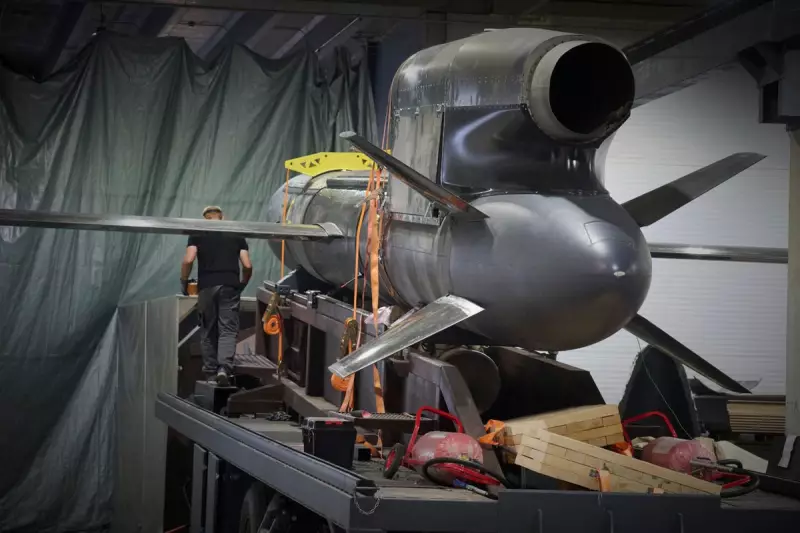
In a stunning display of tactical ingenuity, Ukrainian defence forces have outsmarted a high-tech Russian cruise missile by using a simple yet effective wooden decoy. The incident, which has been celebrated as a major symbolic victory, demonstrates Ukraine's ability to counter multi-million-pound threats with resourceful and low-cost solutions.
The Flamingo That Fooled a Missile
Ukrainian President Volodymyr Zelensky shared the remarkable story, revealing that a Russian Kh-101 cruise missile was successfully lured into striking a meticulously crafted wooden decoy, aptly nicknamed 'Flamingo'. This sophisticated missile, worth millions, was utterly destroyed upon impact with the fake target, while the decoy itself remained largely intact and reusable.
Zelensky Hails Ukrainian 'Art of Defence'
President Zelensky proudly showcased footage of the successful interception, framing it not just as a military victory but as a powerful metaphor for the nation's resilience. "This is our response to whoever says that war is art," he stated. "This is exactly art. Ukrainian art of defence."
The strategy highlights a critical weakness in Russian military technology. The Kh-101 missile, designed to seek out and destroy high-value radar signatures, was easily duped by a static, non-emitting decoy, raising serious questions about its effectiveness against a thinking adversary.
A Cost-Effective Masterstroke
The operation represents an incredible cost-benefit victory for Ukraine. The resources required to build a wooden decoy are negligible compared to the immense cost of manufacturing, launching, and maintaining a modern cruise missile. This incident proves that innovation and clever strategy can level the playing field against a numerically superior force.
This successful use of decoy technology is part of a broader and increasingly effective Ukrainian defence strategy against sustained Russian aerial attacks. It follows a pattern of adaptive tactics that have continuously frustrated Russian offensive operations throughout the conflict.





